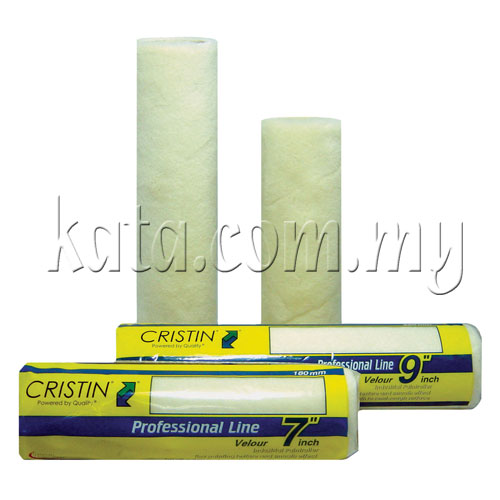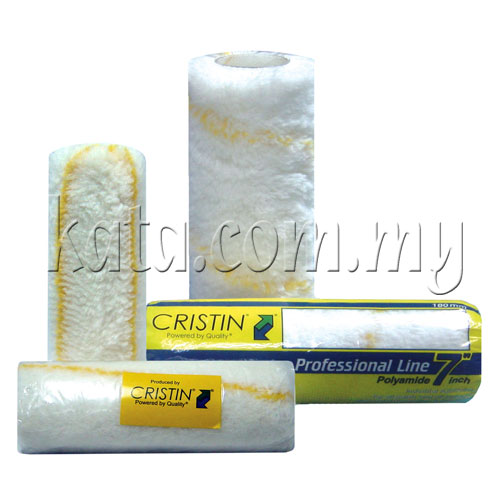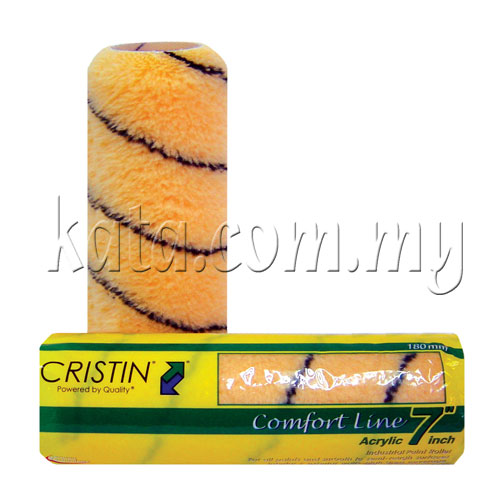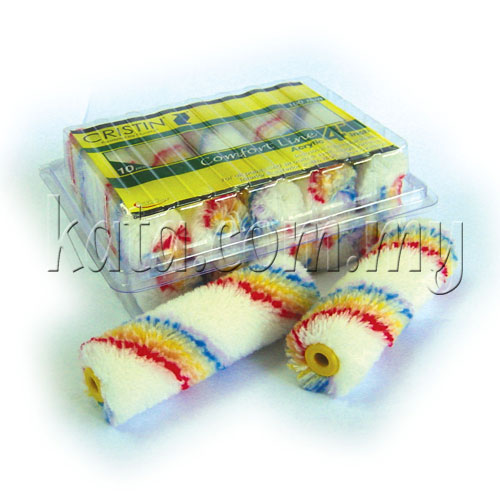PAINT ROLLERS
Paint rollers help you paint large, flat surfaces in much less time than a brush. Most painters use brushes for trim work and around windows and doors, then turn to rollers to fill in the big blank spaces like walls and ceilings. These are a variety of painting tools available in the market and it is difficult to decide which is the right one to buy. Here are a few tips to help you buy the right rollers for painting.
• Roller Length
Rollers for painting flat areas come in varying widths - from 50mm to 460mm, but the two most common sizes for interior jobs are 180mm and 230mm. For smaller areas, a 100mm and 50mm may be desired.
• Pile Depth
One of the biggest mistakes that people make when choosing a roller cover is choosing the wrong size. Bigger is better, right? Not necessarily, the thickness of the cover is called the pile. The pile is determined by the surface texture to be painted:
5mm, 7mm: for very smooth surfaces like metal doors and plaster.
11mm, 13mm: for smooth and semi-smooth surfaces like interior drywall.
20mm: for semi-rough surfaces like wood or a textured ceiling.
25mm: for rough surfaces like stucco or a heavily textured ceiling.
• Material of Nap
There is also a broad range of roller cover made of synthetic fibers:
Acrylic: it is a lint-free blend of polyamide and poly-acrylic for all paints with good paint absorbency and large area coverage. Universal for inner wall and ceiling.
Foam: polyurethane component. Foam is usually applied to the oil-based paints. You might use for smooth surfaces like finishing wood surfaces or metal surfaces.
Micro Fiber: very fine fiber, excellent painting result. Used for thin layer glazes and low viscosity penetrating agent, especially for primer coating on metal surfaces.
Nylon: polyamide yarn pile, extremely hardwearing and robust. For all type of coating, solvent-based lacquers, water-based lacquers, especially for polyester and epoxy resins. Also recommended for industrial coating compounds.
Polyamide: polyamide is a universal purpose roller, high durability, good taking and releasing. To be used with emulsion paints, latex paints, gloss and enamel paints.
Polyester: polyester is the most popular cover fabric with good area coverage and good recovery after being crushed. Its absorbency of paint improves with pile height increasing, especially food for water-based paints.
Velour: wool acrylic. Specially made for all type of viscid and intensively solvent containing lacquers, thickly viscous lacquers, oil-based paints and other coating such as sealers, primers and varnishes of all kinds, especially when you have to paint a smooth surface.
0194200925530PM.jpg)








